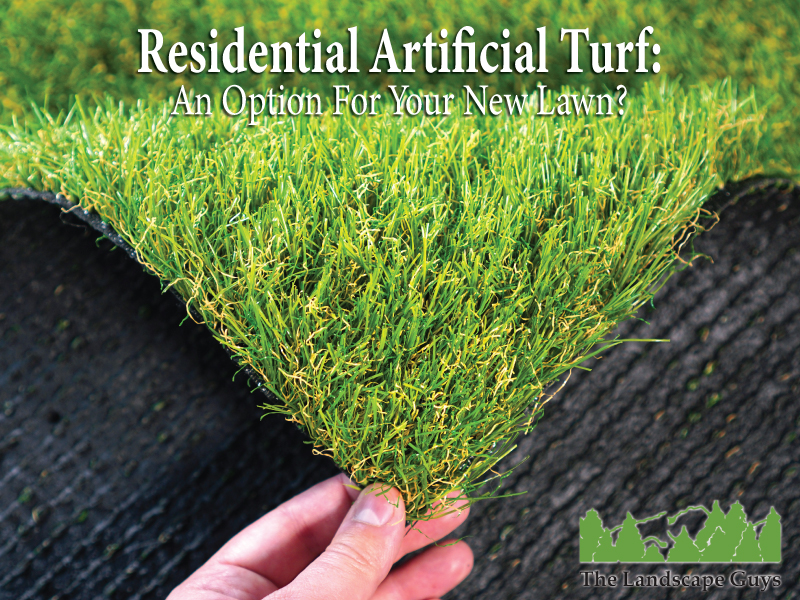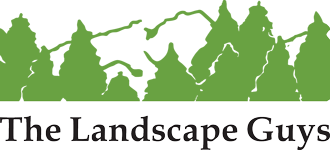
Residential use of artificial turf is on the rise, and if you think about it even for a minute, it makes sense: you never have to water or fertilize, it always stays plush and green. Artificial turf has come a long way from those spotty, faded green squares from years ago. Now, it’s honestly difficult to tell the artificial from the real grass. And that reason alone is worth taking the time to look into mixing in some fine artificial turf to your yard.
It looks real, it feels real, but it’s not real. So, exactly, what is artificial turf? With a little research you will find that artificial grass is made from three main ingredients: polypropylene, polyethylene, and nylon (essentially, compounds such as that of plastic water bottles, plastic grocery bags, etc.). These quality materials are what make the grass look real, but they are also the reason for the turf’s durability and resistance to UV rays. The artificial turf of today can withstand extreme temperatures and weather conditions without losing color or cushion.
Looking more closely at the individual parts that make up the artificial grass, there is what’s called the “thatch,” which is a plastic (polypropylene) layer that supports and cushions the entire piece of turf. There is Turf Backing, which is a polyester tie cord used to fasten all the blades and thatches together—this cord is tied and cinched together using a tufting machine so they never loosen.
The last bit is adding extra cushioning, such as polyester foam or rubber compounds, to give the lawn area a comfy bounce to each step.
Artificial Turf Versus Natural Grass
We know what artificial turf is, now to decide if it’s the right choice for a complete lawn replacement or worth working it into part of your lawn area.
When thinking between going turf or going grass, there are four things to consider: Upkeep, Eco-Friendliness, Quality (and authenticity), and Cost—both short-term and long-term.
1. Upkeep
As mentioned earlier, turf is much easier to maintain than real grass. The ongoing care of mowing, ridding of weeds, watering, reseeding, fertilizing (not to mention the cost of such procedures—but we’ll get to that) is completely done away with once you get artificial turf.
There are also those spots in the yard (everybody has them) where grass just won’t seem to grow. These areas turn into muddy messes and/or places for weeds to thrive. Why not throw down a strip or two of turf? Also, you might have cool little spots on your rooftop or balcony that could never grow grass, but some turf would turn them into nice little seating areas.
But, before we get ahead of ourselves, let’s be sure to look at both sides of the coin. Though artificial turf looks to be the winner in terms of upkeep, turf does require some attention once it’s put down. If you have pets or small children there can be food and drink spillage or a possible accident on the new green lawn. Because artificial turf will not break down moss, algae, urine, or food particles, you will have to clean these up—but nothing a hose, a rake, and a wet cloth can’t take care of.
We also need to consider long-term durability and the upkeep that entails. Short-term upkeep is a little cleaning up here and there but after a while, as a natural lawn maintains life, artificial lawns will eventually wear and have to be replaced. So, the million dollar question is, how long does artificial turf last? Artificial turf that takes regular wear and tear can last for 10 to 20 years. That’s a long time to enjoy a mostly maintenance-free lawn. Also considering there will be times you need to reseed a real lawn, and if you add up all that cash spent for regular maintenance for a real lawn, replacing every decade or so might be more cost-efficient.
2. Eco-Friendliness
Clearly, the use of fertilizers and pesticides, and other chemicals, as well as, the fumes expelled from lawnmowers (or the electricity used from plug-in versions) is not so eco-friendly. Incorporating an artificial substitute for the real thing should be the answer. And, in a lot of ways, it is: you don’t mow or fertilize turf, but this is not to say going artificial is completely safe for the environment. Just as with comparing the upkeep between both options, real or artificial, there are pros and cons to each side.
When you purchase artificial turf you have the option of getting it made from recyclable materials or not. We do suggest going the recyclable route because it is eco-friendly, and it seems to work just as well as other products that are not used from recycled materials.
However, no matter the type of product you get, plastic will still be the main ingredient, and depending on the type of plastic used, where the turf is placed, weather conditions, etc., it could put off a fair amount of carbon emissions.
3. Quality
Running and rolling around in a fresh lawn and digging your toes into the blades of grass, are the aspects of having a yard that brings quality and happiness to our lives. This tactile relationship we have with grass lawns is one that has drawn a bold line between natural and turf lawns. Even a handful of years ago there was no comparing artificial grass to natural grass, but today it’s a much different story.
Modern artificial turf comes with more natural coloring, realistic blades of differing lengths and widths, and a cushioned ground that feels like a soft lawn. And since there isn’t any soil beneath—at least directly beneath—the turf, there is no worry of tracking mud around and ruining that nice green grass.
Is modern turf just as good as the real thing? If not, is it close enough to pass? That is solely up to you. After taking a stride across some premium turf, you might just find it feels better than that old yard of yours.
4. Cost
Comparing the cost of a natural yard to an artificial one is tricky. There are tons of variables—are you starting the lawn from scratch or are you reseeding it? Do you plan to use turf as cover for your entire lawn or only parts of it? Would you rather pay more now and save later, or pay later and save now? These are a few questions to work through, but no matter your situation, there are a few standard things you should know when considering the cost.
Upfront costs are different for both options with artificial being a bit higher than natural. Turf usually comes out at around $12.00 a square foot, whereas actual grass goes for about a dollar, depending on the grass. This is a massive difference, and one of the biggest reasons why people don’t use artificial turf as much.
Does this mean you should go with natural grass? No. What it boils down to is figuring out what works best for your lawn and strive towards that. You may find you don’t need all of your lawn to be natural or artificial; maybe you can mix and match. Depending on where you live, if your grass is getting scorched every summer and you end up paying to have it revived every so often, maybe that cost on the front-end doesn’t sound so bad.
This is where The Landscape Guys come in handy. We can come to you, assess your situation, and help come up with a plan that best fits your lifestyle. We will work within your budget to find a way to customize your outdoor living area so that you can enjoy it without having costly maintenance.

